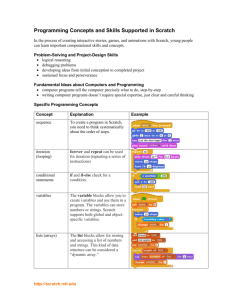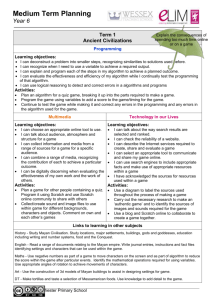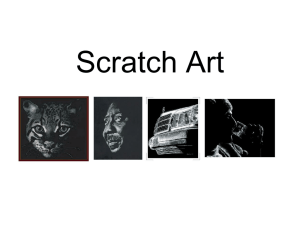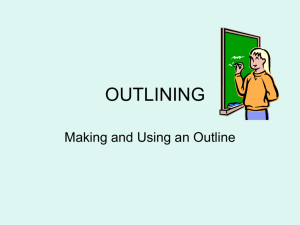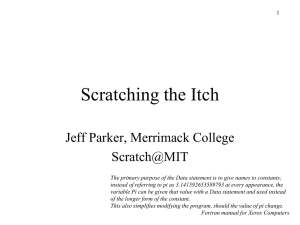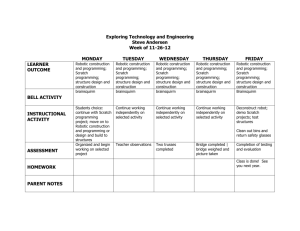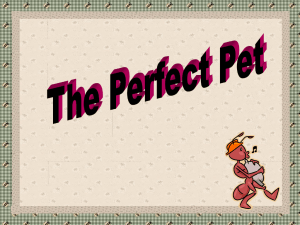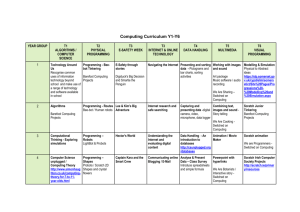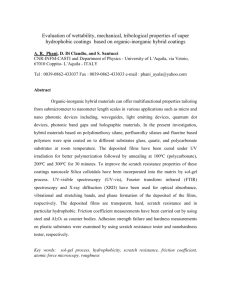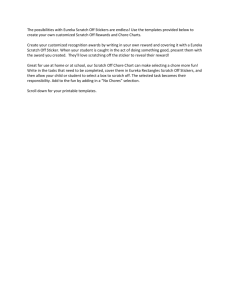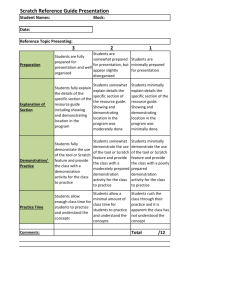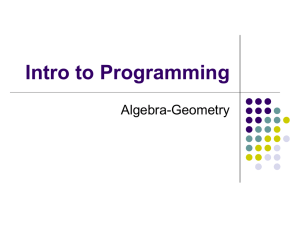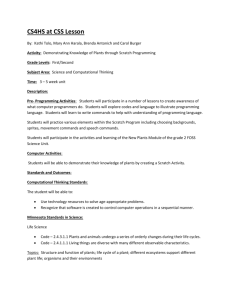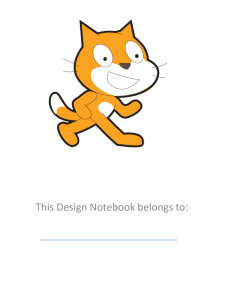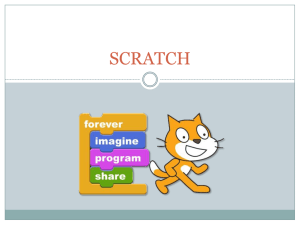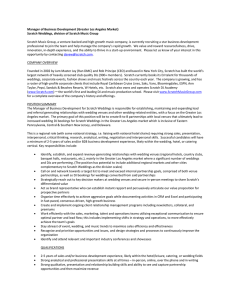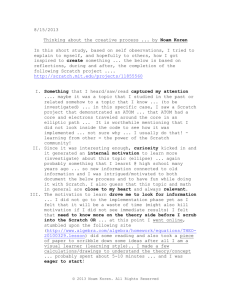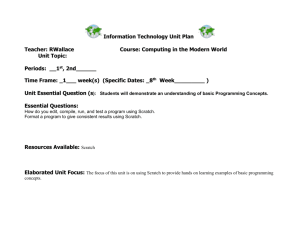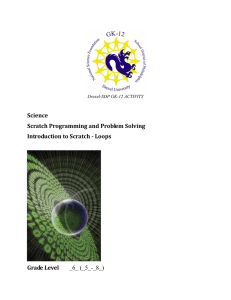Summary - Melia
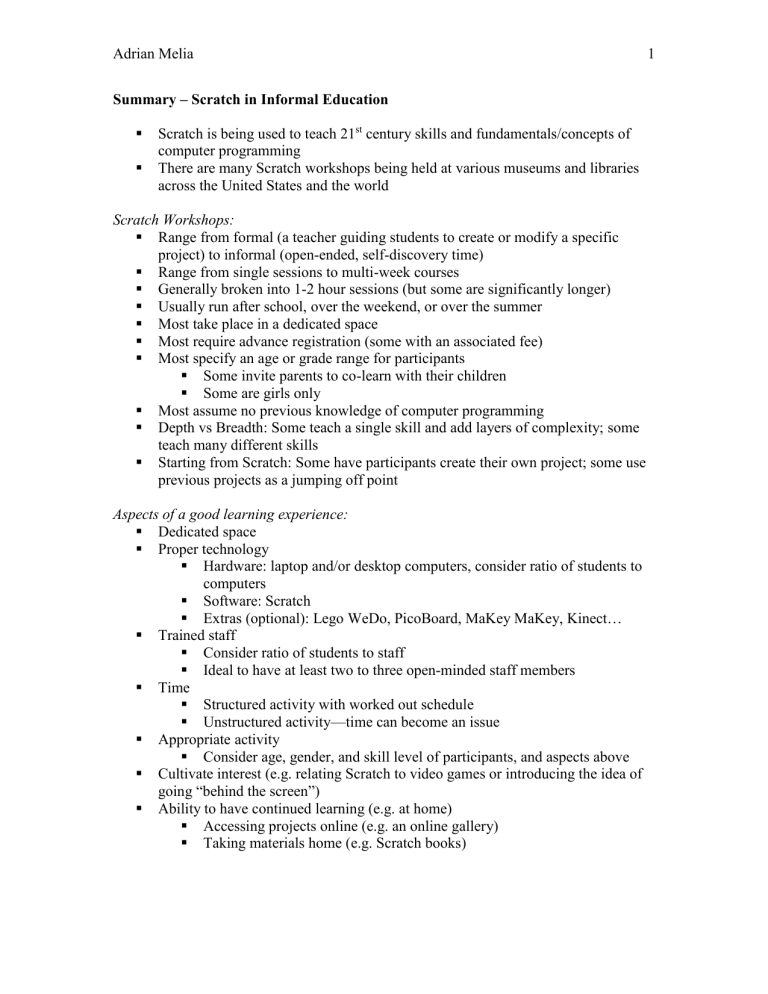
Adrian Melia 1
Summary – Scratch in Informal Education
Scratch is being used to teach 21 st century skills and fundamentals/concepts of computer programming
There are many Scratch workshops being held at various museums and libraries across the United States and the world
Scratch Workshops:
Range from formal (a teacher guiding students to create or modify a specific project) to informal (open-ended, self-discovery time)
Range from single sessions to multi-week courses
Generally broken into 1-2 hour sessions (but some are significantly longer)
Usually run after school, over the weekend, or over the summer
Most take place in a dedicated space
Most require advance registration (some with an associated fee)
Most specify an age or grade range for participants
Some invite parents to co-learn with their children
Some are girls only
Most assume no previous knowledge of computer programming
Depth vs Breadth: Some teach a single skill and add layers of complexity; some teach many different skills
Starting from Scratch: Some have participants create their own project; some use previous projects as a jumping off point
Aspects of a good learning experience:
Dedicated space
Proper technology
Hardware: laptop and/or desktop computers, consider ratio of students to computers
Software: Scratch
Extras (optional): Lego WeDo, PicoBoard, MaKey MaKey, Kinect…
Trained staff
Consider ratio of students to staff
Ideal to have at least two to three open-minded staff members
Time
Structured activity with worked out schedule
Unstructured activity—time can become an issue
Appropriate activity
Consider age, gender, and skill level of participants, and aspects above
Cultivate interest (e.g. relating Scratch to video games or introducing the idea of going “behind the screen”)
Ability to have continued learning (e.g. at home)
Accessing projects online (e.g. an online gallery)
Taking materials home (e.g. Scratch books)
Adrian Melia
Key Terms (a selection):
Informal learning
Constructionism
Design-based learning
Peer learning
Community
Digital vs tangible
Physical manipulatives
Storytelling
Debugging
Remixing
BYOD (bring your own device)
Levels of Online Participation: spectators, joiners, collectors, critics, creators
Integration of Technology: entry, adoption, adaptation, appropriation, invention
Workshop Guide: meeting one another, introducing and demoing Scratch, planning and creating projects, sharing and reflecting on experiences, preparing for next steps
2

